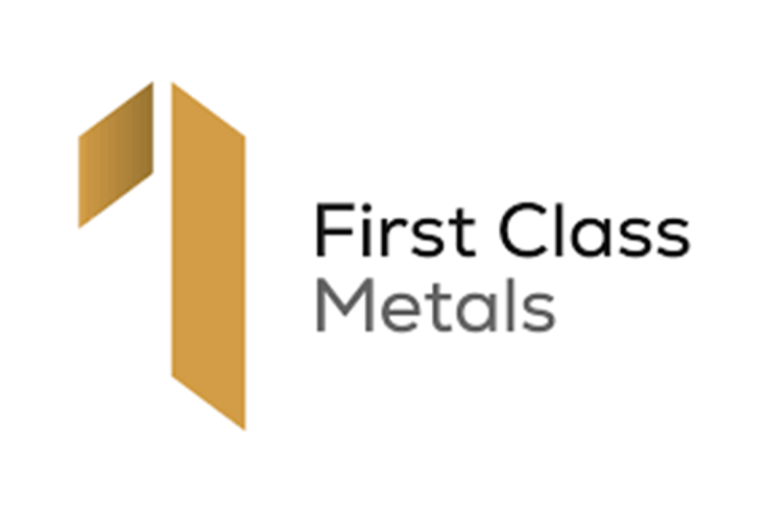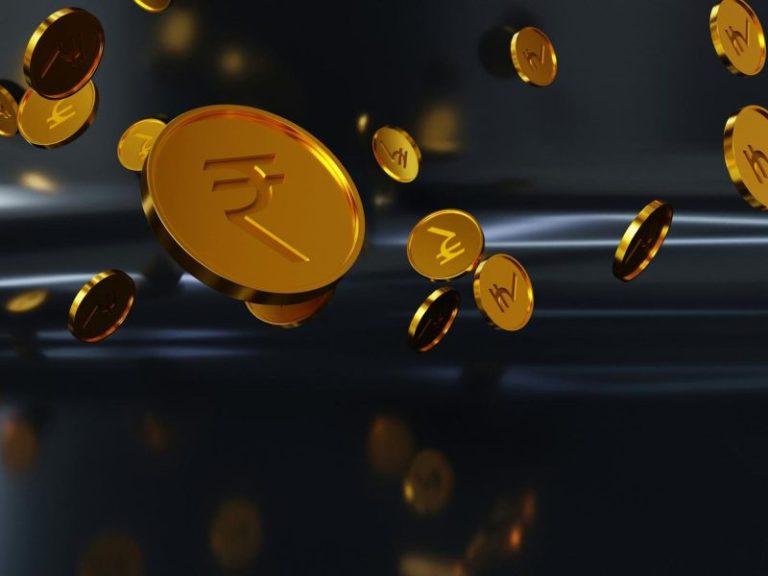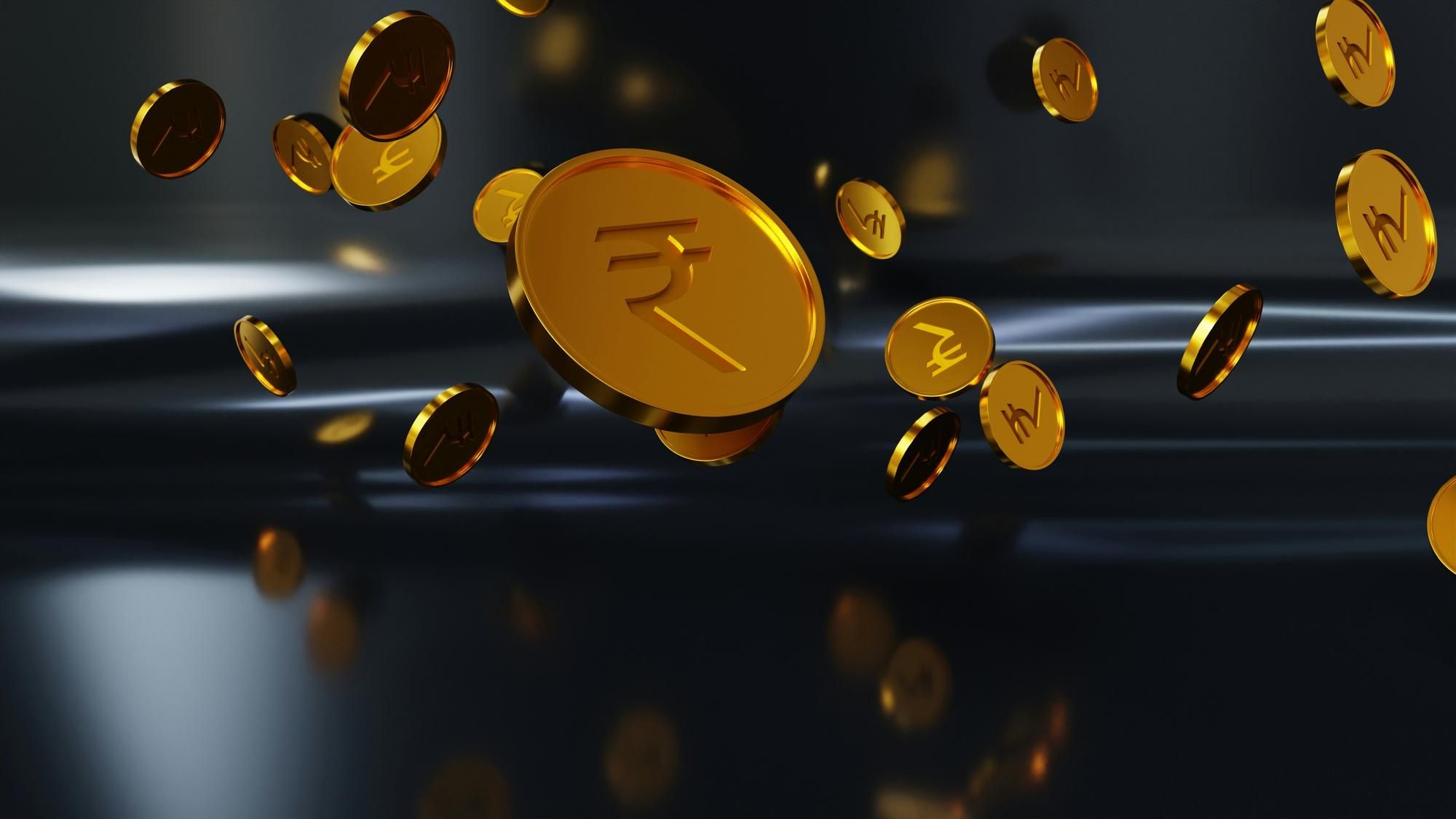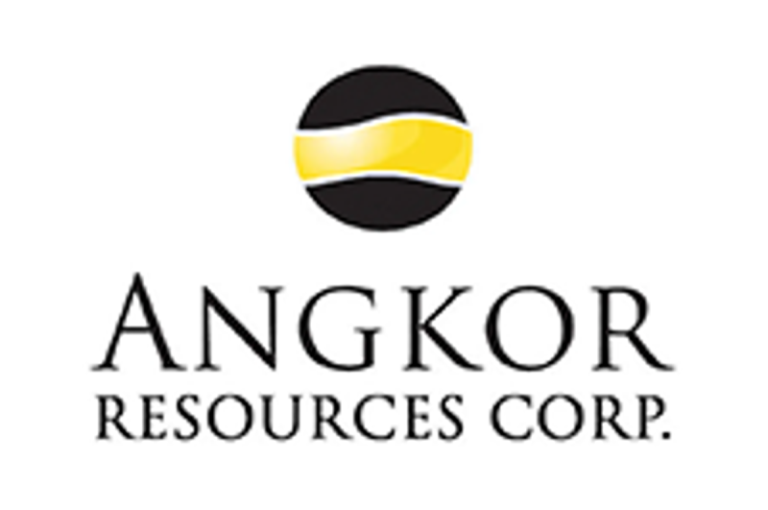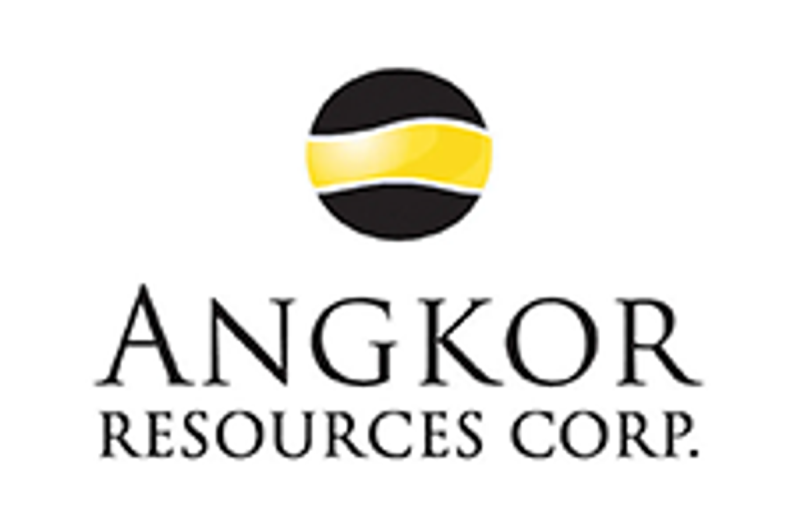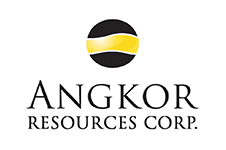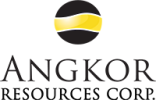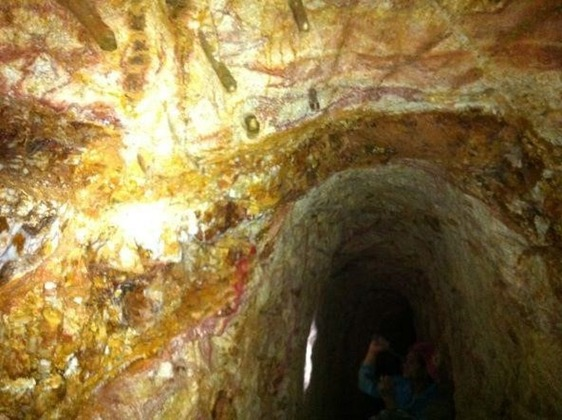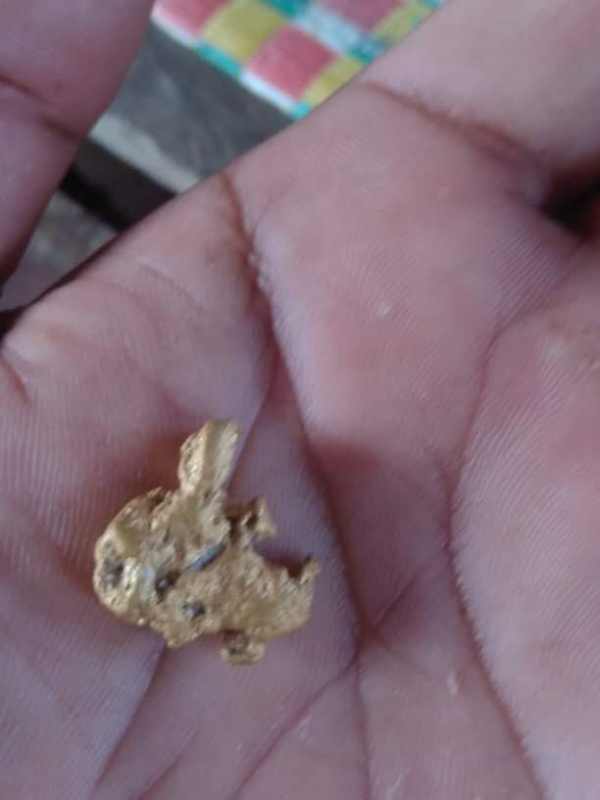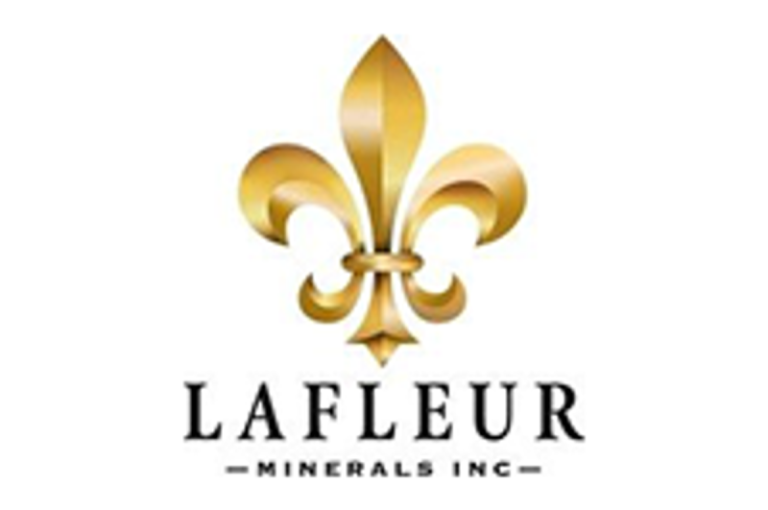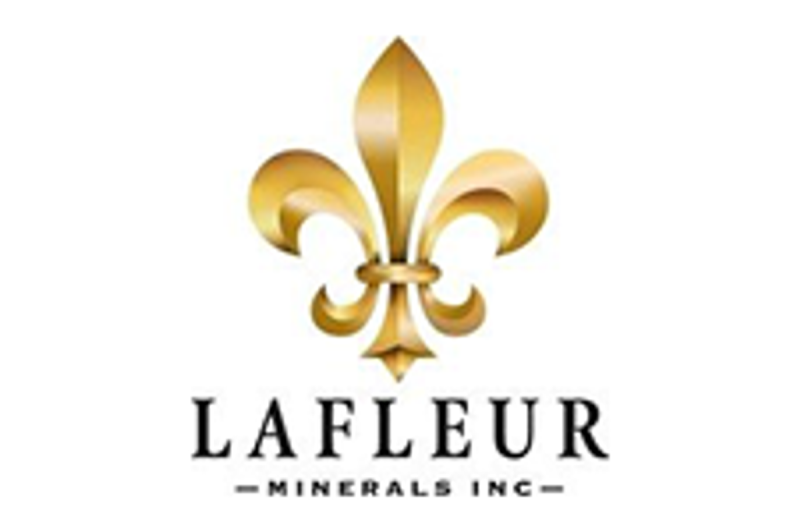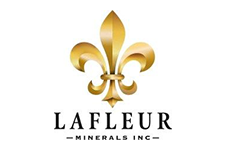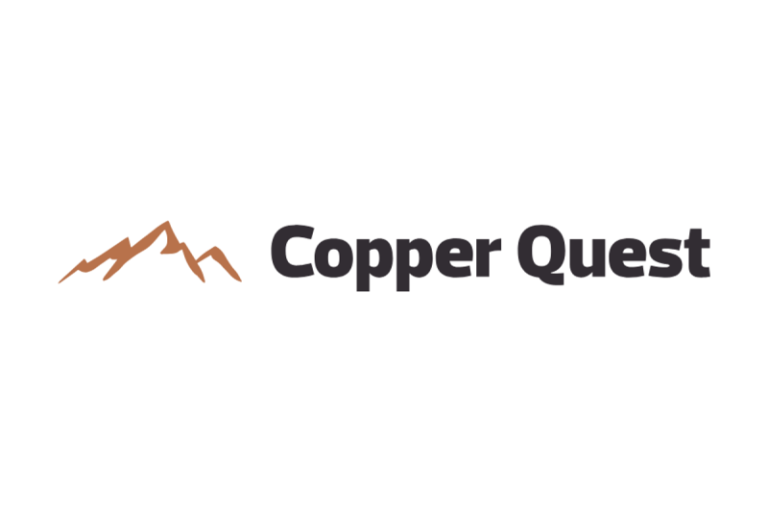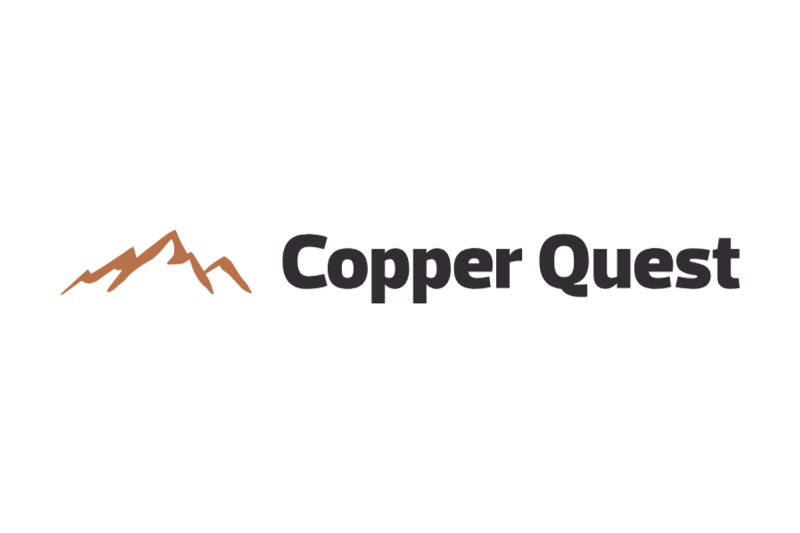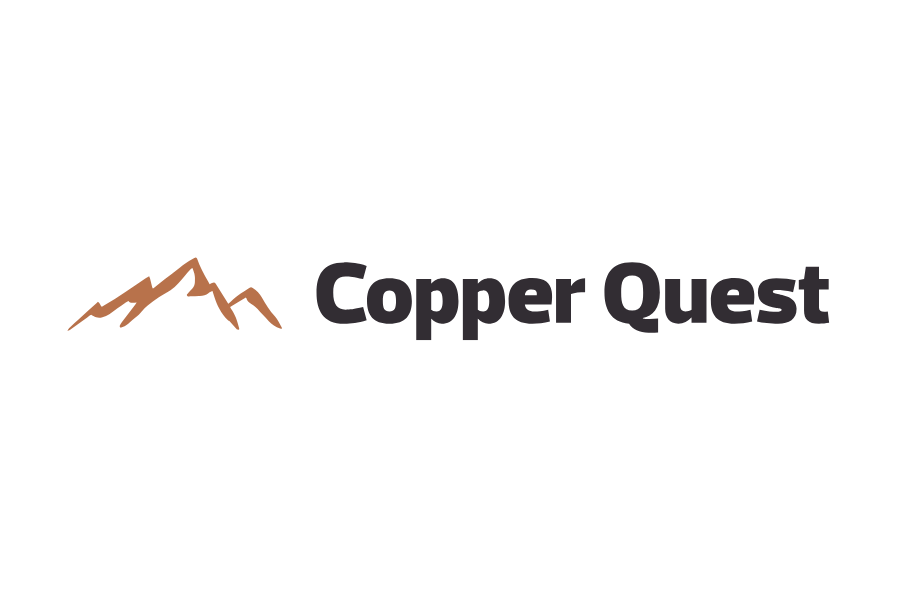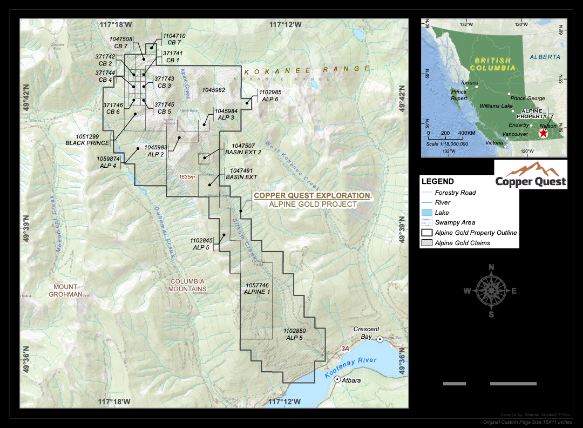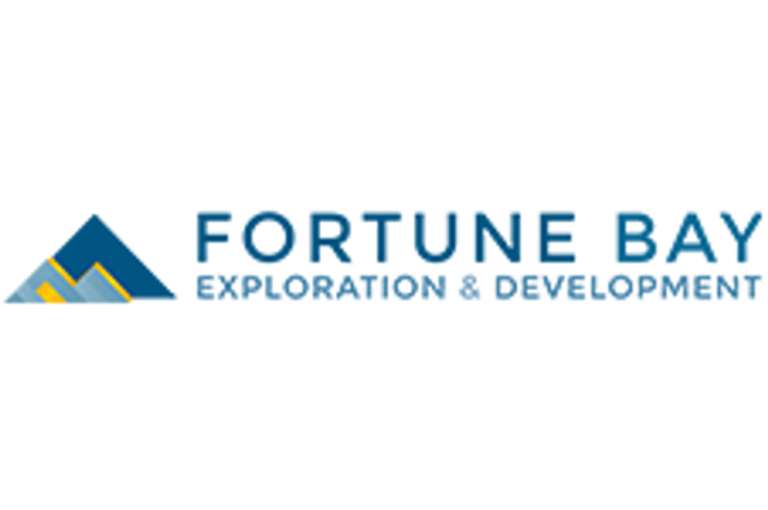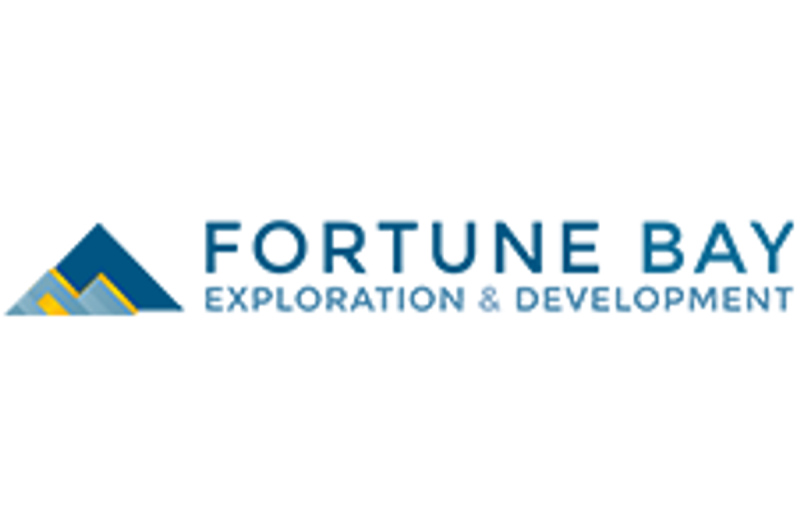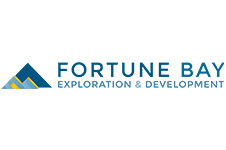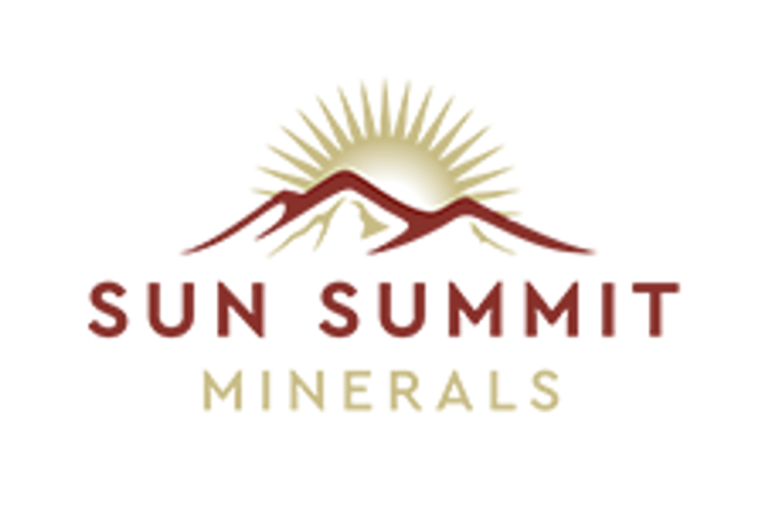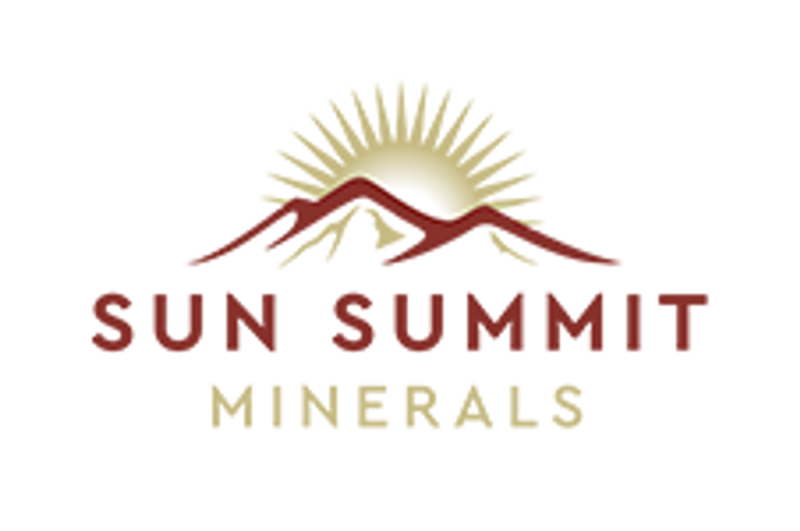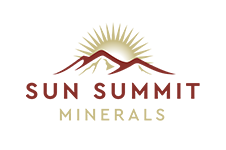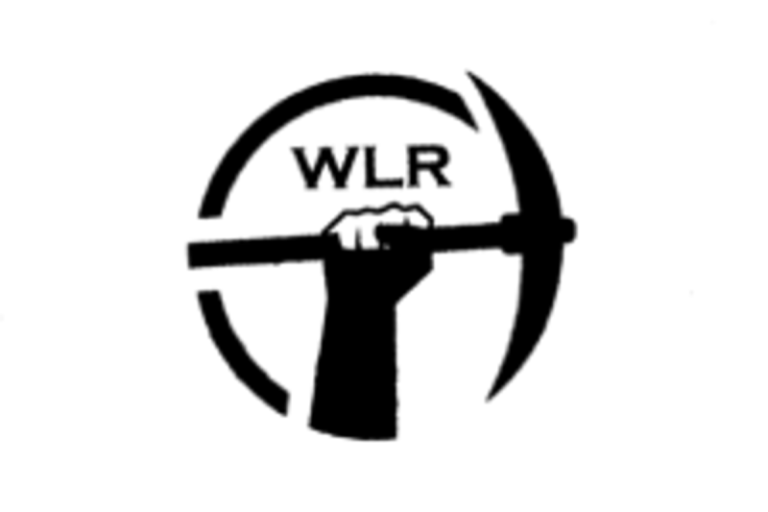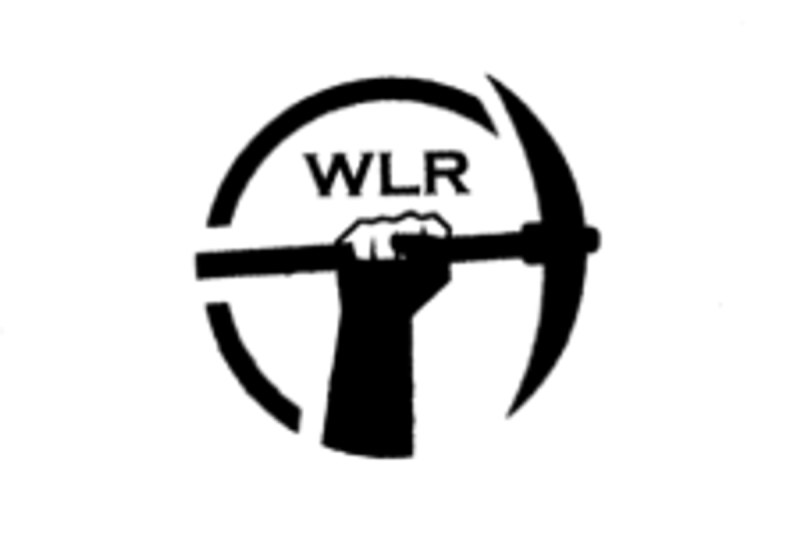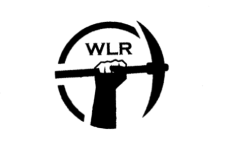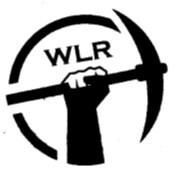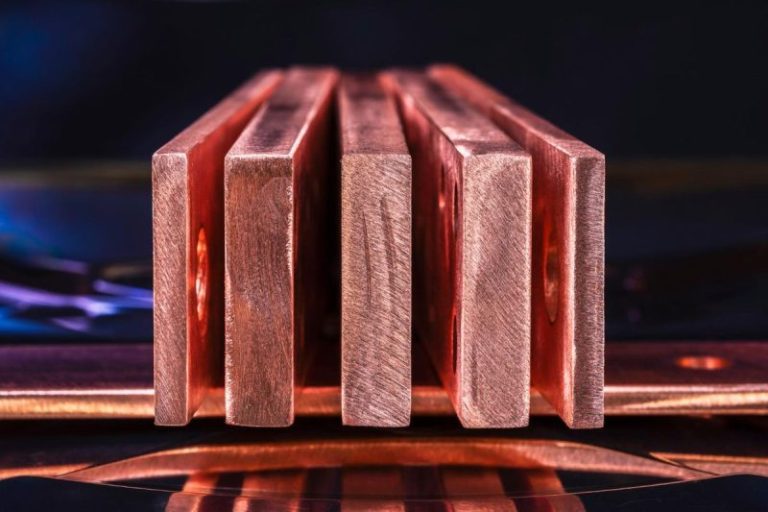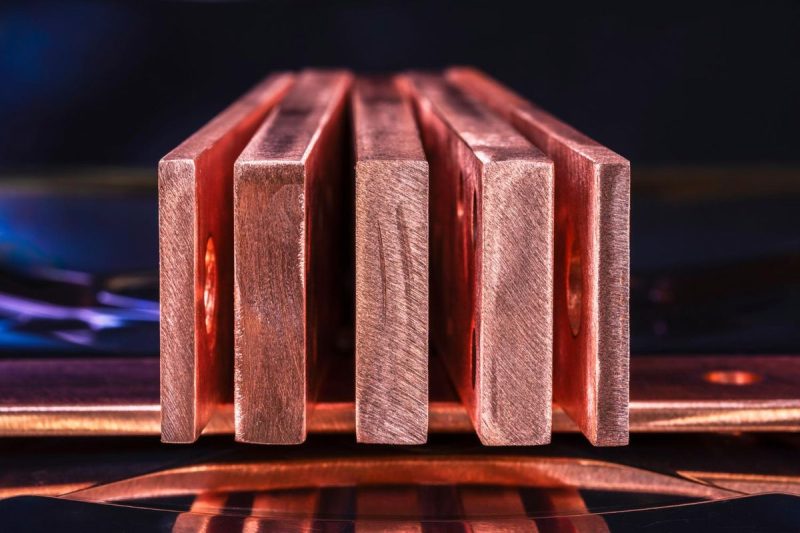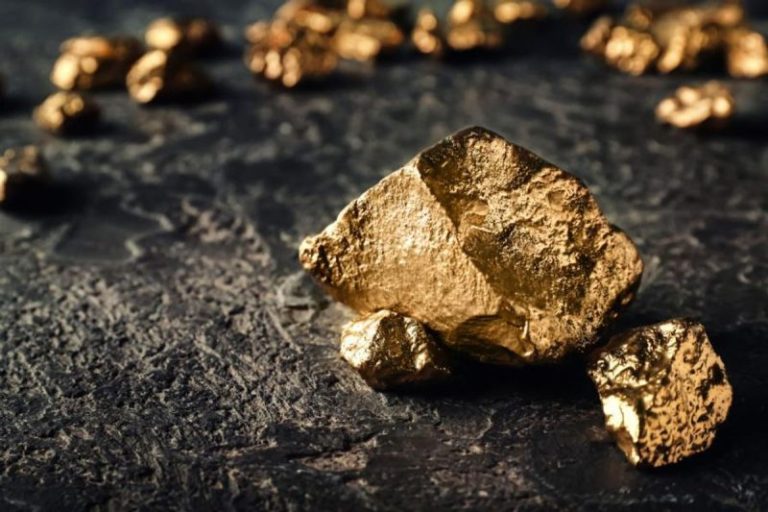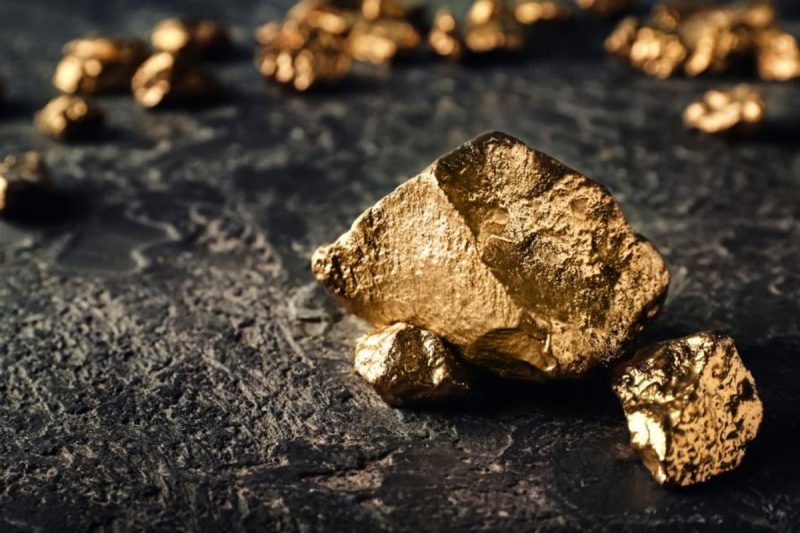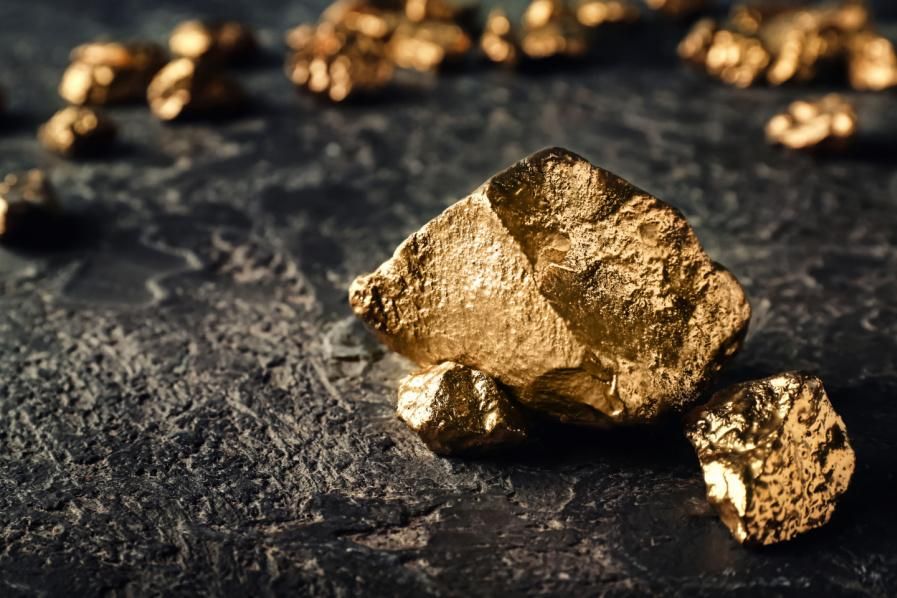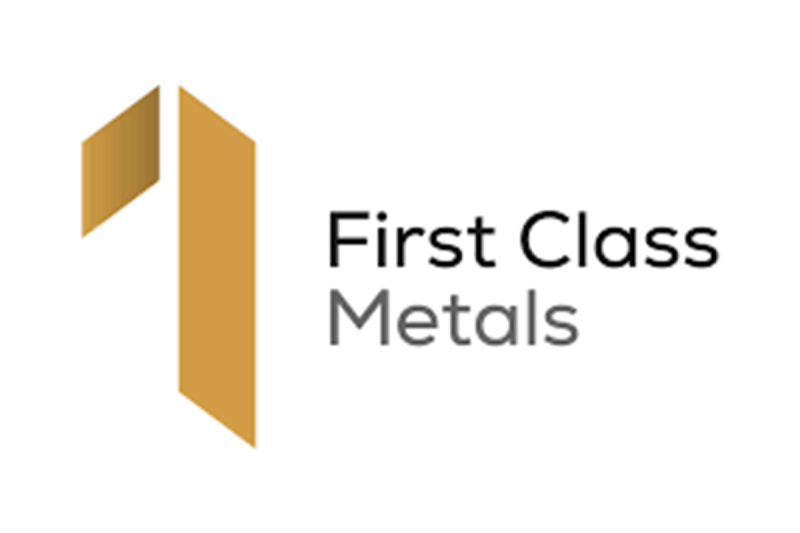
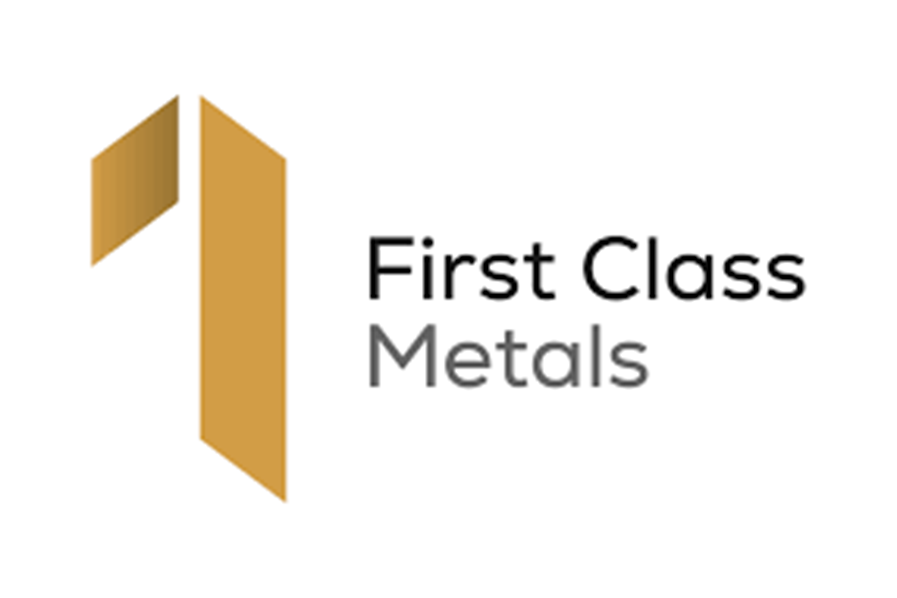
First Class Metals PLC (‘First Class Metals’, ‘FCM’ or the ‘Company’) the UK listed company focused on the discovery of economic metal deposits across its exploration properties in Ontario, Canada, is pleased to announce that the drilling on the North Hemlo property, whilst currently paused, will recommence next week.
Highlights
- Nine drillholes completed across the Dead Otter trend, marking strong progress in the Company’s maiden programme on this property.
- Four priority target areas tested along the 3.5 km trend, providing early geological coverage across multiple prospective zones.
- Approximately 200 core samples dispatched to the Thunder Bay laboratory for assay analysis.
- Drilling to recommence next week to complete the planned programme
- Several logged intersections exhibit visually encouraging geological features, consistent with the Company’s exploration model and supporting the decision to advance drilling. A video of a representative cut core section displaying multiple deformed structures, contact, clasts veining and sulphide mineralisation is available via the link below.
https://firstclassmetalsplc.com/link/yOO9ky
Marc J. Sale CEO First Class Metals commented:
‘To date, the maiden drill programme on the Dead Otter trend has been both technically and logistically successful, particularly given the inclement as well as challenging weather conditions. The Emerald Geological Services team has executed the plan efficiently, and early indications from the core are encouraging.
While assays will ultimately determine the significance of these intervals, the geological features observed to date reinforce our confidence in the Dead Otter trend as a compelling gold target within the North Hemlo Project. We look forward to receiving the first assay results in the New Year and to completing the balance of the programme before the Christmas break.’
Location & Strategic Context
The North Hemlo Project is situated within the world-class Hemlo Greenstone Belt, a district that has produced more than 23 million ounces of gold since discovery. In early December 2025, Barrick Gold Corporation completed the sale of its Hemlo Mine to Hemlo Mining Corporation (‘HMC‘) in a transaction valued at up to US$1.09 billion. That transaction signaled a renewed and focused investment into the Hemlo district and reflects continued interest in evaluating the region’s exploration potential. First Class Metals’ Dead Otter trend lies contiguous with HMC’s regional exploration holdings.
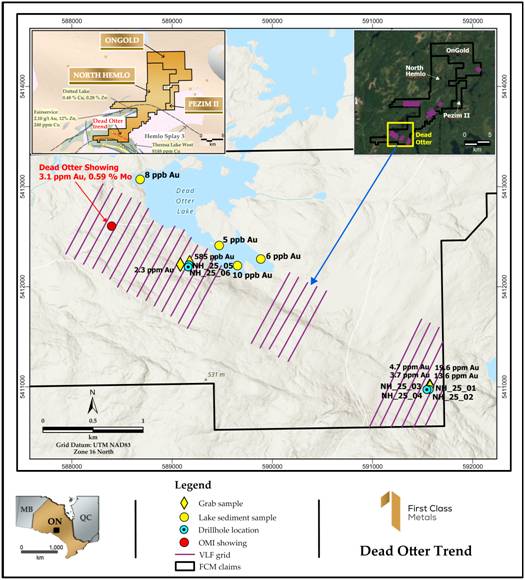
Figure 1 showing the Dead Otter trend with locations of the initial 6 drillholes which are logged and sampled. Also shown are the VLF grids and positions of significant grab samples
|
NH 2025 DDH Collars |
|||||
|
Hole_ID |
Easting |
Northing |
Elevation |
Az_deg |
Dip_deg |
|
NH-25-01 |
591566 |
5410975 |
366 |
10 |
-45 |
|
NH-25-02 |
591566 |
5410975 |
366 |
10 |
-70 |
|
NH-25-03 |
591542 |
5410973 |
367 |
10 |
-45 |
|
NH-25-04 |
591542 |
5410973 |
367 |
10 |
-70 |
|
NH-25-05 |
589167 |
5412220 |
416 |
25 |
-45 |
|
NH-25-06 |
589161 |
5412198 |
420 |
25 |
-45 |
The initial drillholes targeted the location of the previously reported 19.6 g/t high grade Au grab sample, as well as zones of pronounced structural deformation (‘messed up rocks’) delineated in mapping conducted by Professor Mary Louise Hill (Professor Emerita, Lakehead University). These areas represent key focal points of gold anomalism and structural complexity along the trend.
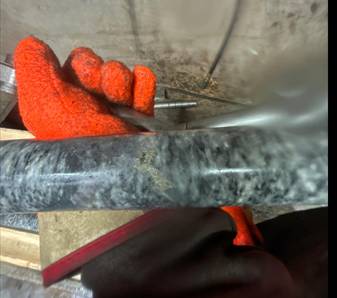
Figure 2 showing a section of uncut core from the Dead Otter trend displaying sulphides which could indicate potential mineralisation.
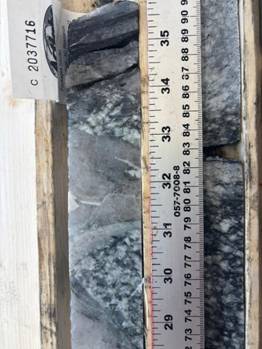
Figure 3 showing cut core displaying quartz veining and course pyrite.
A second target area, including the site of the 2.3 g/t Au sample and the interpreted granite contact, has also been tested with two additional holes.
Emerald Geological Services (‘EGS‘) continue to oversee and manage all drill-site geological operations, including core logging, sampling, and photography at their Manitouwadge facility.
The drilling contract minimum of 700m drilling will be surpassed at the completion of the programme.
Given the seasonal volume of samples being processed across the region, combined with the Christmas-New Year period, assay turnaround times are difficult to estimate accurately at this stage.
Environmental, Social and Corporate Governance (‘ESG’)
FCM takes its ESG responsibilities seriously and this attitude is imparted to all contracted personnel. The Company is proud that Rugged Aviation, the drill contractor, as well as EGS, are taking this responsibility seriously to in ensuring that drill sites, as much as feasible are left in an environmentally responsible state.

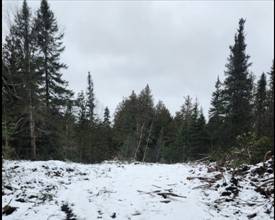
Figure 4 showing drill holes 01 and 02, cleared before drilling and after drilling completed and the rig moved.
ENDS
Qualified Person
The technical disclosures contained in this announcement have been drafted in line with the Canadian Institute of Mining, Metallurgy and Petroleum standards and guidelines and approved by Marc J. Sale, who has more than 30 years in the gold exploration industry and is considered a Qualified person owing to his status as a Fellow of the Australian Institute of Mining and Metallurgy.
For Further Information:
Engage with us by asking questions, watching video summaries, and seeing what other shareholders have to say. Navigate to our Interactive Investor hub here: https://firstclassmetalsplc.com/link/yOO9ky
For further information, please contact:
James Knowles, Executive Chair
Email: JamesK@Firstclassmetalsplc.com
Tel: 07488 362641
Marc J Sale, CEO and Executive Director
Email: MarcS@Firstclassmetalsplc.com
Tel: 07711 093532
AlbR Capital Limited (Financial Adviser)
David Coffman/Dan Harris
Website: www.albrcapital.com
Tel: (0)20 7469 0930
Axis Capital Markets (Broker)
Lewis Jones
Website: Axcap247.com
Tel: (0)203 026 0449
First Class Metals PLC – Background
First Class Metals listed on the LSE in July 2022 and is focused on metals exploration in Ontario, Canada which has a robust and thriving junior mineral exploration sector. In particular, the Hemlo ‘camp’ near Marathon, Ontario is a proven world class address for gold exploration, featuring the Hemlo gold deposit previously operated by Barrick Mining (>23M oz gold produced), with the past producing Geco and Winston Lake base metal deposits also situated in the region.
FCM currently holds 100% ownership of seven claim blocks covering over 250km² in north west Ontario. A further three blocks are under option and cover an additional 30km2.FCM is focussed on exploring for gold, but has base metals and critical metals mineralisation. FCM is maintaining a joint venture with GT Resources on the West Pickle Lake Property, a drill-proven ultra-high-grade Ni-Cu project.
The flagship properties, North Hemlo and Sunbeam, are gold focussed. North Hemlo has a significant discovery in the Dead Otter trend which is a discontinuous 3.5km gold anomalous trend with a 19.6g/t Au peak grab sample. This sampling being the highest known assay from a grab sample ever recorded on the North Limb of Hemlo.
In October 2022 FCM completed the option to purchase the historical high-grade past-producing Sunbeam gold mine near Atikokan, Ontario, ~15 km southeast of Agnico Eagle’s Hammond Reef gold deposit (3.3 Moz of open pit probable gold reserves).
FCM acquired the Zigzag Project near Armstrong, Ontario in March 2023. The property features Li-Ta-bearing pegmatites in the same belt as Green Technology Metals’ Seymour Lake Project, which contains a Mineral Resource estimate of 9.9 Mt @ 1.04% Li2O. Zigzag was successfully drilled prior to Christmas 2023.
The Kerrs Gold property, acquired under option by First Class Metals in April 2024, is located in northeastern Ontario within the Abitibi Greenstone Belt, one of the world’s most prolific gold-producing regions. The project holds a historical inferred resource of approximately 386,000 ounces of gold, underscoring its potential as a meaningful addition to FCM’s expanding gold portfolio. Kerrs Gold complements the Company’s exploration strategy and provides exposure to a well-established mining district. FCM is currently reviewing plans to advance the project and further unlock its value.
The significant potential of the properties for precious, base and battery metals relates to ‘nearology’, since all properties lie in the same districts as known deposits (Hemlo, Hammond Reef, Seymour Lake), and either contain known showings, geochemical or geophysical anomalies, or favourable structures along strike from known showings (e.g. the Esa project, with an inferred Hemlo-style shear along strike from known gold occurrences).
For further information see the Company’s presentation on the web site:
www.firstclassmetalsplc.com
Forward Looking Statements
Certain statements in this announcement may contain forward-looking statements which are based on the Company’s expectations, intentions and projections regarding its future performance, anticipated events or trends and other matters that are not historical facts. Such forward-looking statements can be identified by the fact that they do not relate only to historical or current facts. Forward-looking statements sometimes use words such as ‘aim’, ‘anticipate’, ‘target’, ‘expect’, ‘estimate’, ‘intend’, ‘plan’, ‘goal’, ‘believe’, or other words of similar meaning. These statements are not guarantees of statements. Given these risks future performance and are subject to known and unknown risks, uncertainties and other factors that could cause actual results to differ materially from those expressed or implied by such forward-looking and uncertainties, prospective investors are cautioned not to place undue reliance on forward-looking statements. Forward-looking statements speak only as of the date of such statements and, except as required by applicable law, the Company undertakes no obligation to update or revise publicly any forward-looking statements, whether as a result of new information, future events or otherwise.
Source

